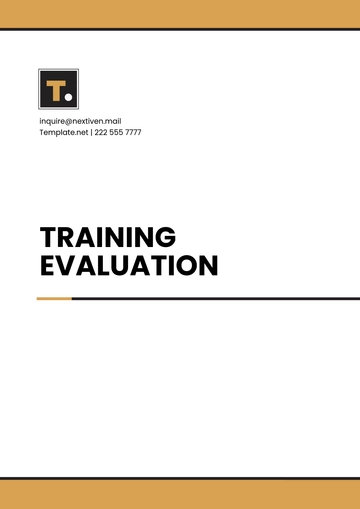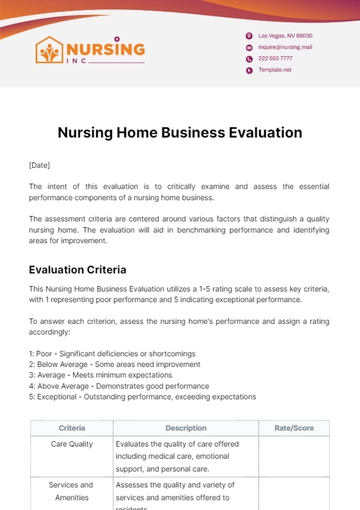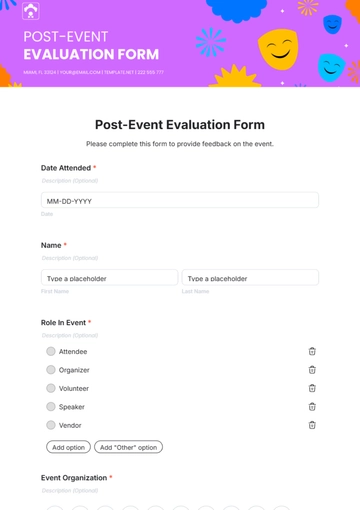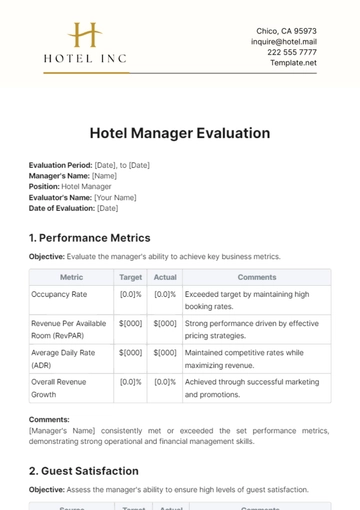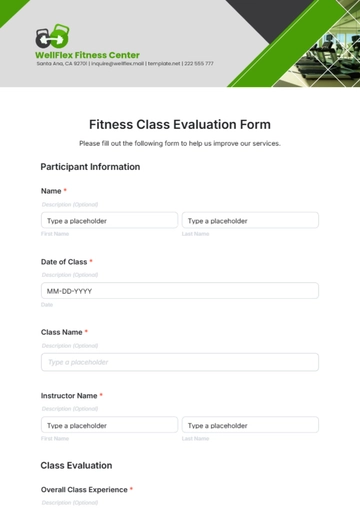Free Tmj Physical Therapy Evaluation
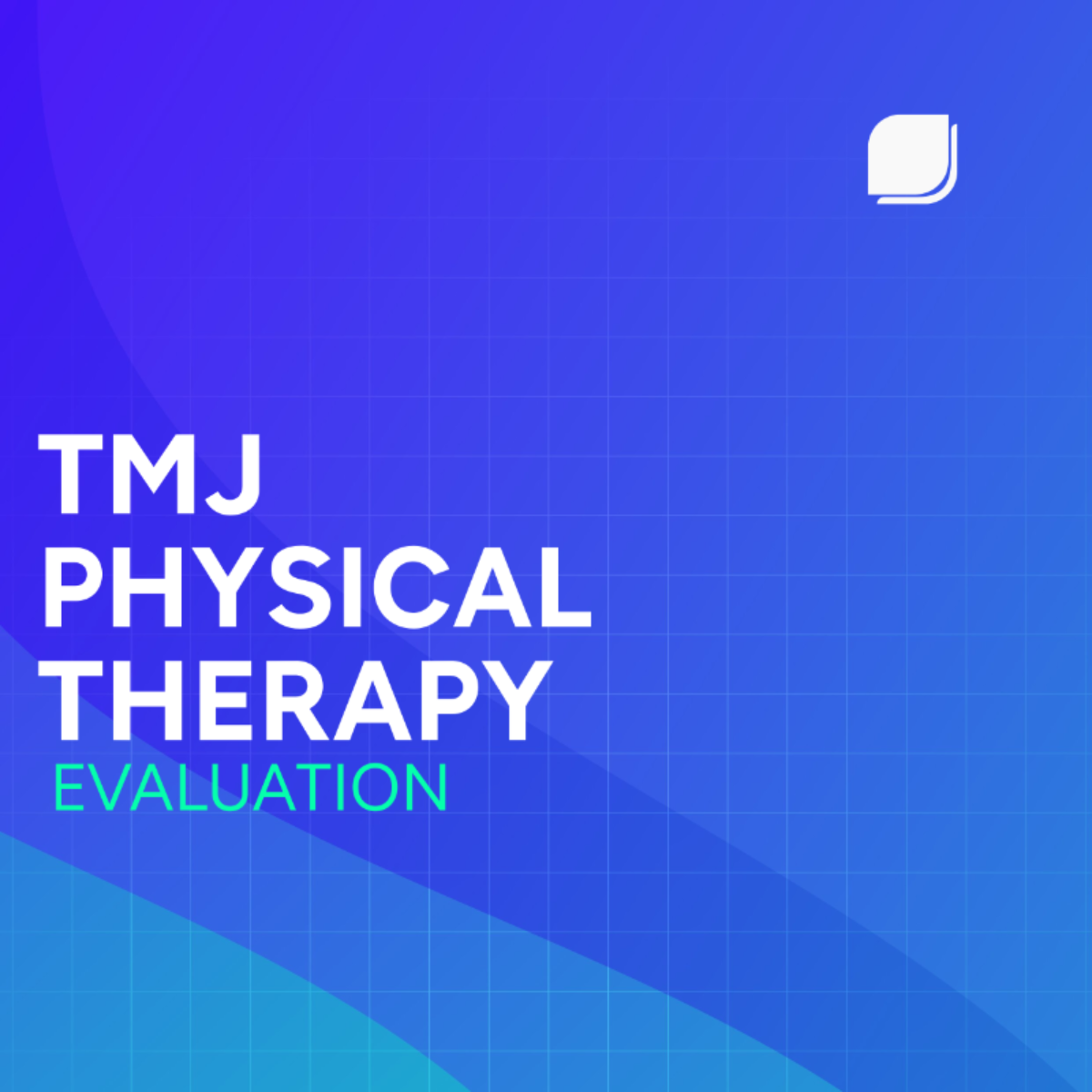
[YOUR COMPANY NAME]
Date: March 19, 2050
Introduction:
This TMJ Physical Therapy Evaluation aims to comprehensively assess and diagnose temporomandibular joint (TMJ) disorders. The temporomandibular joint is crucial for various oral functions, including chewing, speaking, and facial expressions. Dysfunction in this joint can lead to significant discomfort and limitations in daily activities. This evaluation form is designed to identify specific issues affecting the TMJ, such as muscle tension, joint misalignment, or inflammation, to tailor appropriate physical therapy interventions.
Background:
TMJ disorders, which can be caused by trauma, stress, arthritis, or dental problems, include various conditions affecting the jaw and nearby structures. Common symptoms include jaw discomfort, chewing difficulty, joint sounds, and facial muscle fatigue. Physical therapy is significant in managing these disorders by fixing muscle imbalances, enhancing joint mobility, and easing pain. A thorough analysis is necessary to detect the root cause and implement a personalized treatment plan.
Overview:
This evaluation encompasses multiple criteria to provide a thorough assessment of TMJ dysfunction:
Patient History: Gathering information about the patient's medical history, symptoms, and potential contributing factors is crucial for understanding the context of their TMJ disorder.
Pain Assessment: Evaluating the location, intensity, frequency, and quality of pain associated with TMJ dysfunction helps in determining the extent of discomfort and guiding pain management strategies.
Range of Motion: Assessing the range of motion of the jaw joint and surrounding muscles provides insight into any limitations or restrictions affecting jaw movement.
Muscle Strength and Function: Evaluating the strength and function of the muscles involved in jaw movement aids in identifying muscle imbalances or weaknesses contributing to TMJ disorders.
Joint Mobility: Assessing the mobility and stability of the temporomandibular joint helps in identifying any joint misalignments or restrictions affecting jaw function.
Palpation of TMJ and Surrounding Muscles: Palpating the TMJ and surrounding muscles allows for the identification of tender points, trigger points, and areas of muscle tension or inflammation.
Functional Assessment: Evaluating the patient's ability to perform daily activities involving jaw movement, such as chewing, speaking, and yawning, provides valuable information about functional limitations and areas requiring intervention.
Other Observations: Any additional observations, such as facial asymmetry, jaw clicking or popping sounds, or signs of bruxism (teeth grinding), are noted to further inform the evaluation and treatment plan.
_____________________________________________________________________________________
Patient Details:
Name: ___________________________________________________
Age: _______ Gender: __________ Date of Birth: __________
Contact Information: _______________________________________
Referring Physician: _______________________________________
_____________________________________________________________________________________
Criteria | Assessment |
|---|---|
1. Patient History | |
2. Pain Assessment | |
3. Range of Motion | |
4. Muscle Strength and Function | |
5. Joint Mobility | |
6. Palpation of TMJ and Surrounding Muscles | |
7. Functional Assessment | |
8. Other Observations |
_____________________________________________________________________________________
Comments/Feedback: Please provide any additional comments or feedback regarding the evaluation process or suggestions for improvement. Your input is greatly appreciated.
- 100% Customizable, free editor
- Access 1 Million+ Templates, photo’s & graphics
- Download or share as a template
- Click and replace photos, graphics, text, backgrounds
- Resize, crop, AI write & more
- Access advanced editor
Discover the ultimate solution for streamlining TMJ physical therapy evaluations with Template.net's TMJ Physical Therapy Evaluation Template. This editable and customizable resource is tailor-made for healthcare professionals, offering seamless integration into our Ai Editor Tool. Crafted for efficiency and precision, this template ensures thorough assessments, enabling personalized treatment plans with ease. Elevate your practice today with Template.net.



